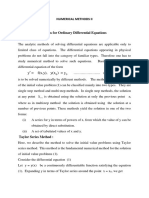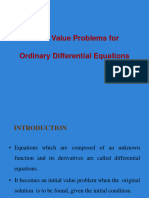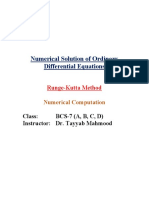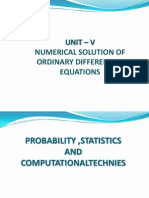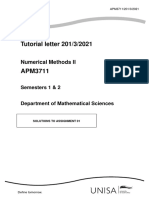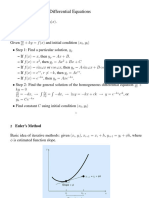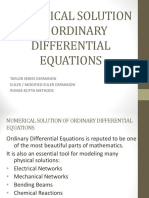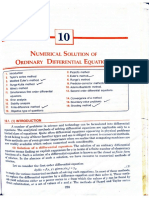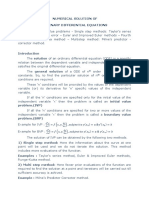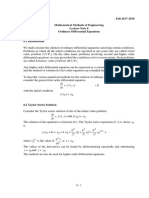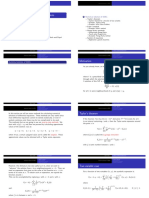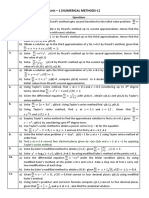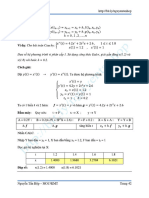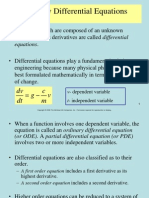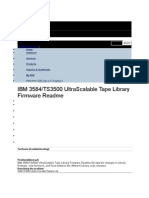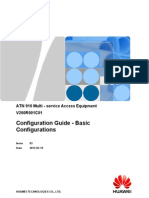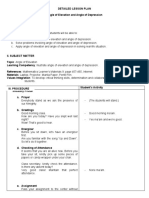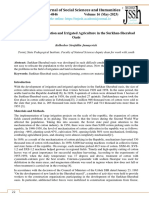0% found this document useful (0 votes)
84 views16 pagesNM (Unit 4) Notes
1) Single step methods are used to solve ordinary differential equations numerically. They obtain the solution at a point xi+1 using only the previous point xi.
2) The Taylor series method expands the solution y(x) as an infinite series involving derivatives of y. It approximates y(x+h) by truncating the series after a few terms.
3) The Runge-Kutta method approximates the solution by taking the average of slopes over small intervals, avoiding direct calculation of derivatives. It is generally more accurate than the Taylor method.
Uploaded by
AxCopyright
© © All Rights Reserved
We take content rights seriously. If you suspect this is your content, claim it here.
Available Formats
Download as PDF, TXT or read online on Scribd
0% found this document useful (0 votes)
84 views16 pagesNM (Unit 4) Notes
1) Single step methods are used to solve ordinary differential equations numerically. They obtain the solution at a point xi+1 using only the previous point xi.
2) The Taylor series method expands the solution y(x) as an infinite series involving derivatives of y. It approximates y(x+h) by truncating the series after a few terms.
3) The Runge-Kutta method approximates the solution by taking the average of slopes over small intervals, avoiding direct calculation of derivatives. It is generally more accurate than the Taylor method.
Uploaded by
AxCopyright
© © All Rights Reserved
We take content rights seriously. If you suspect this is your content, claim it here.
Available Formats
Download as PDF, TXT or read online on Scribd
/ 16


